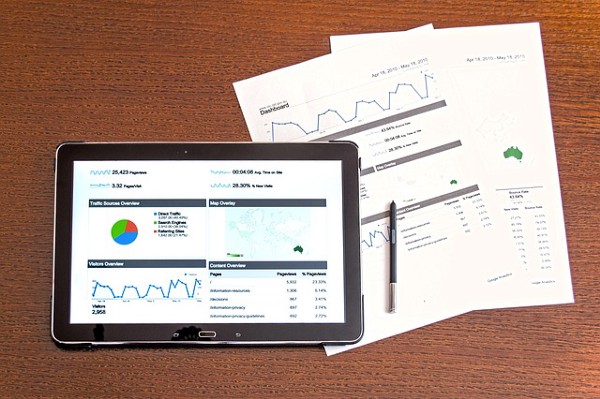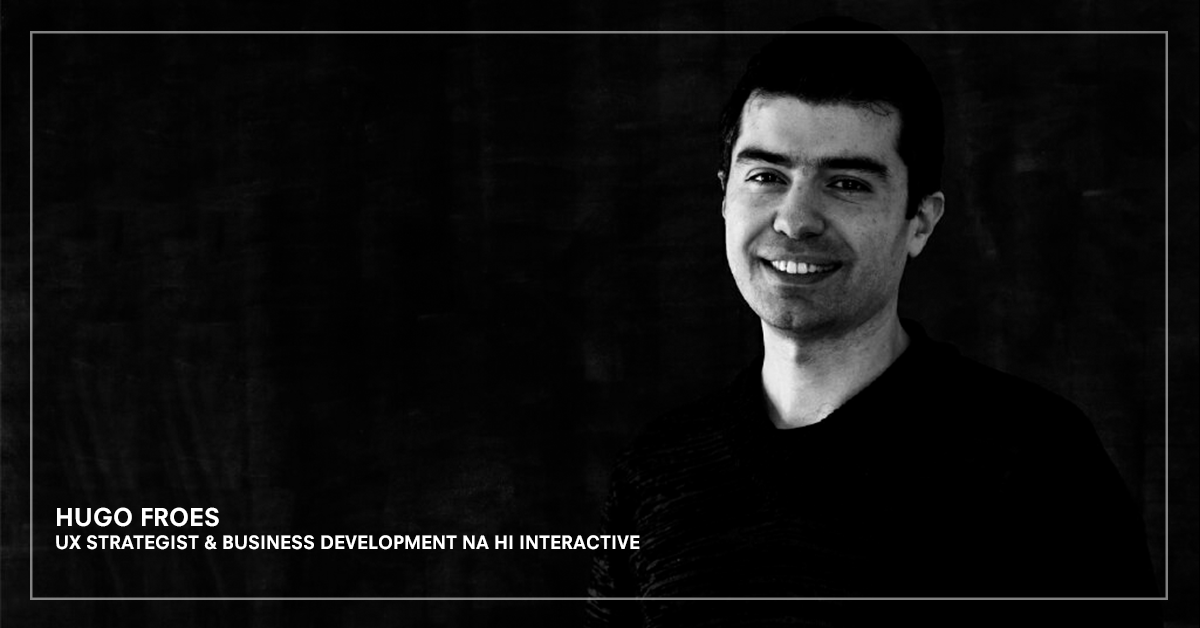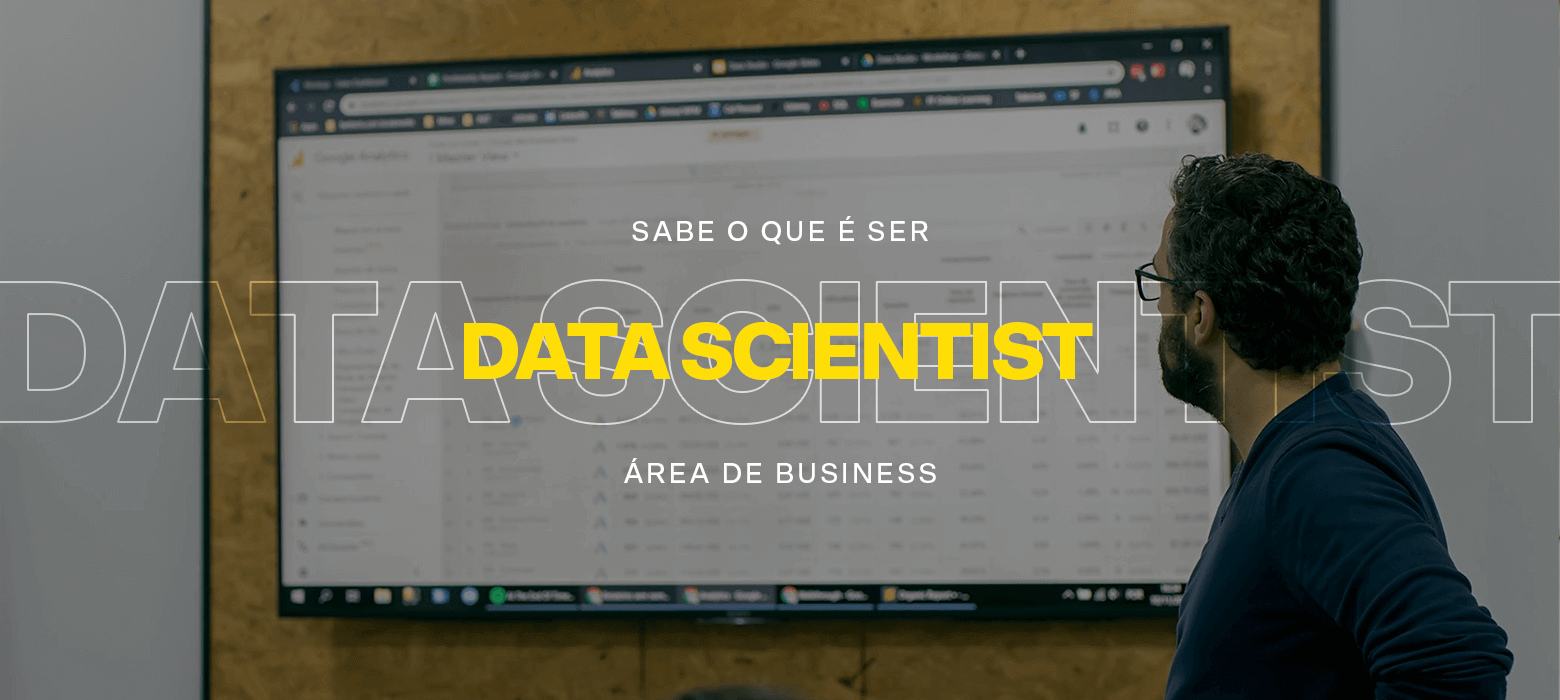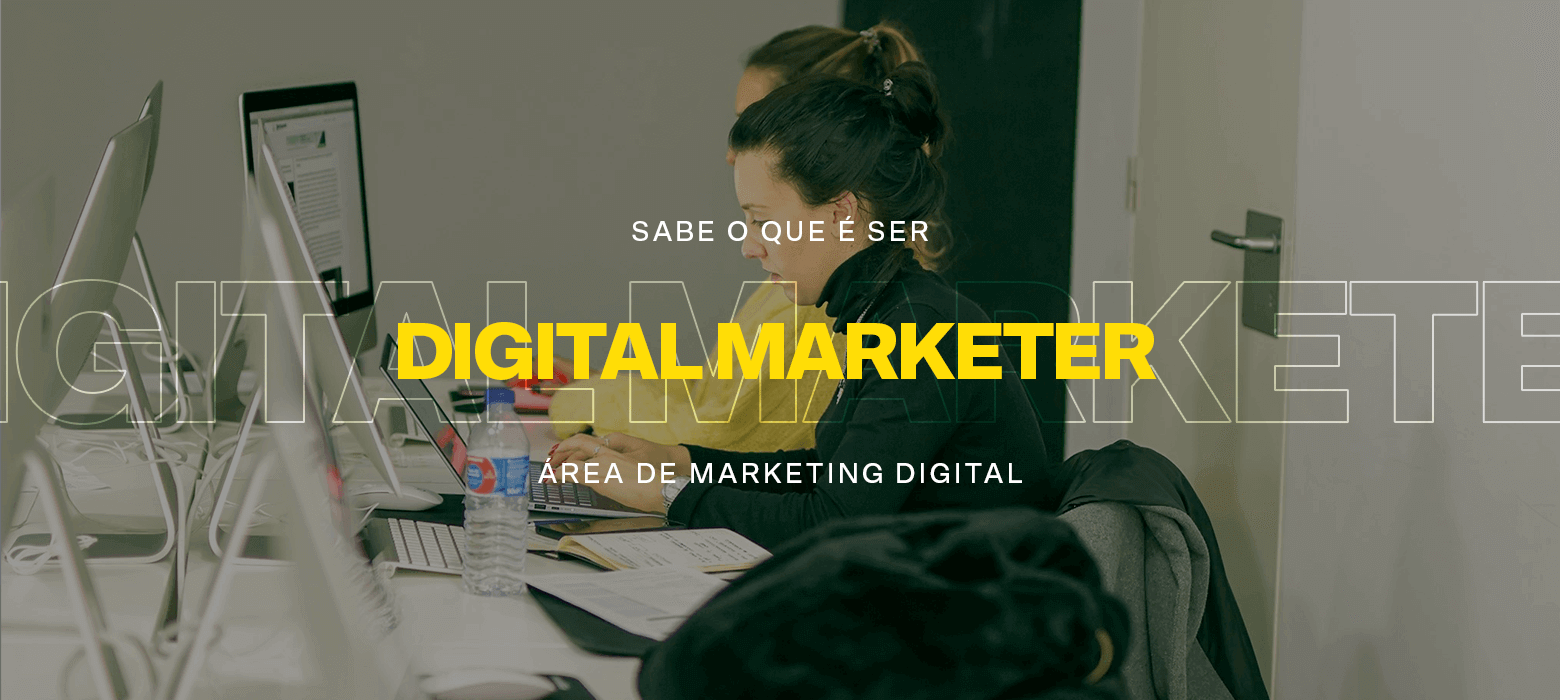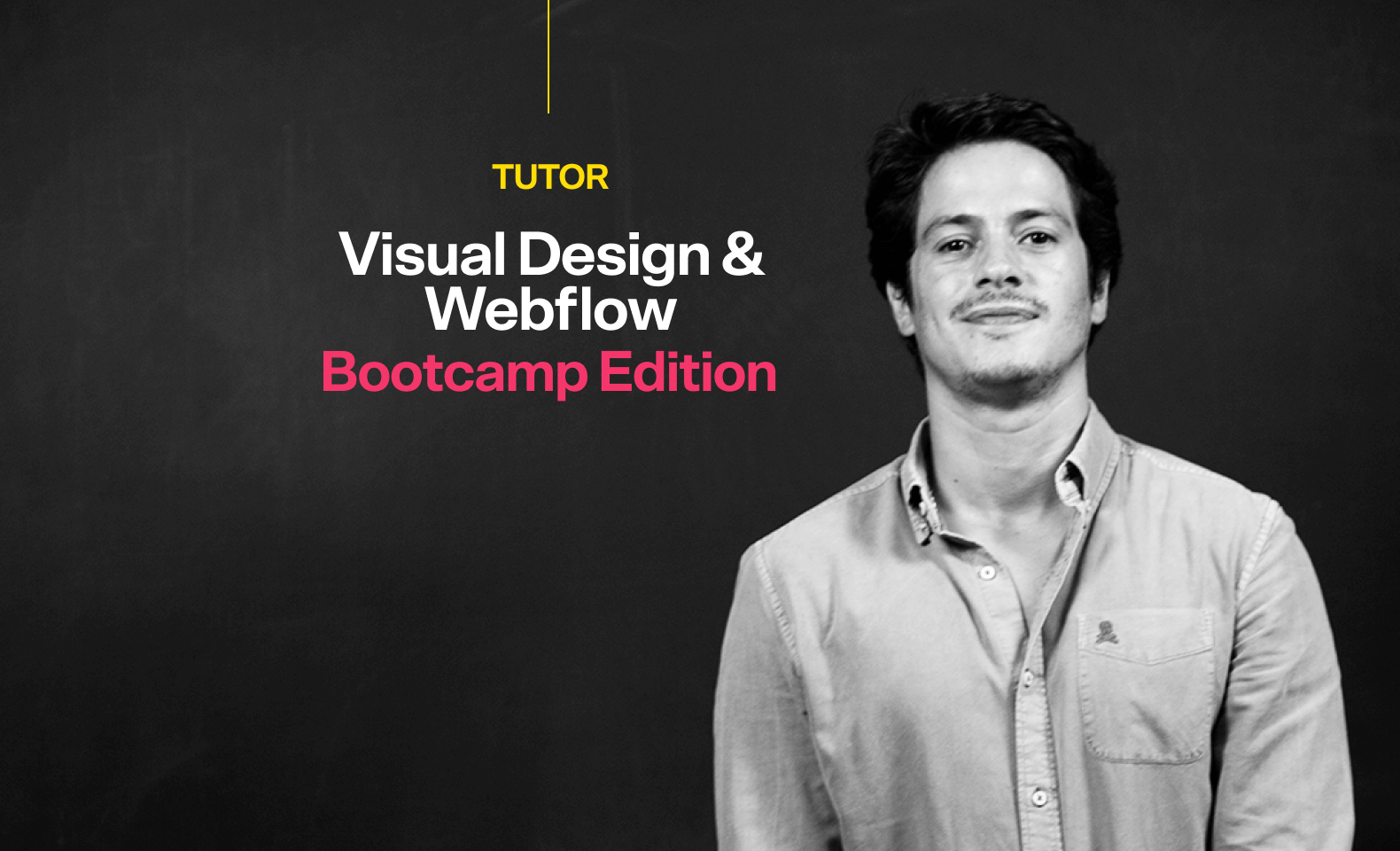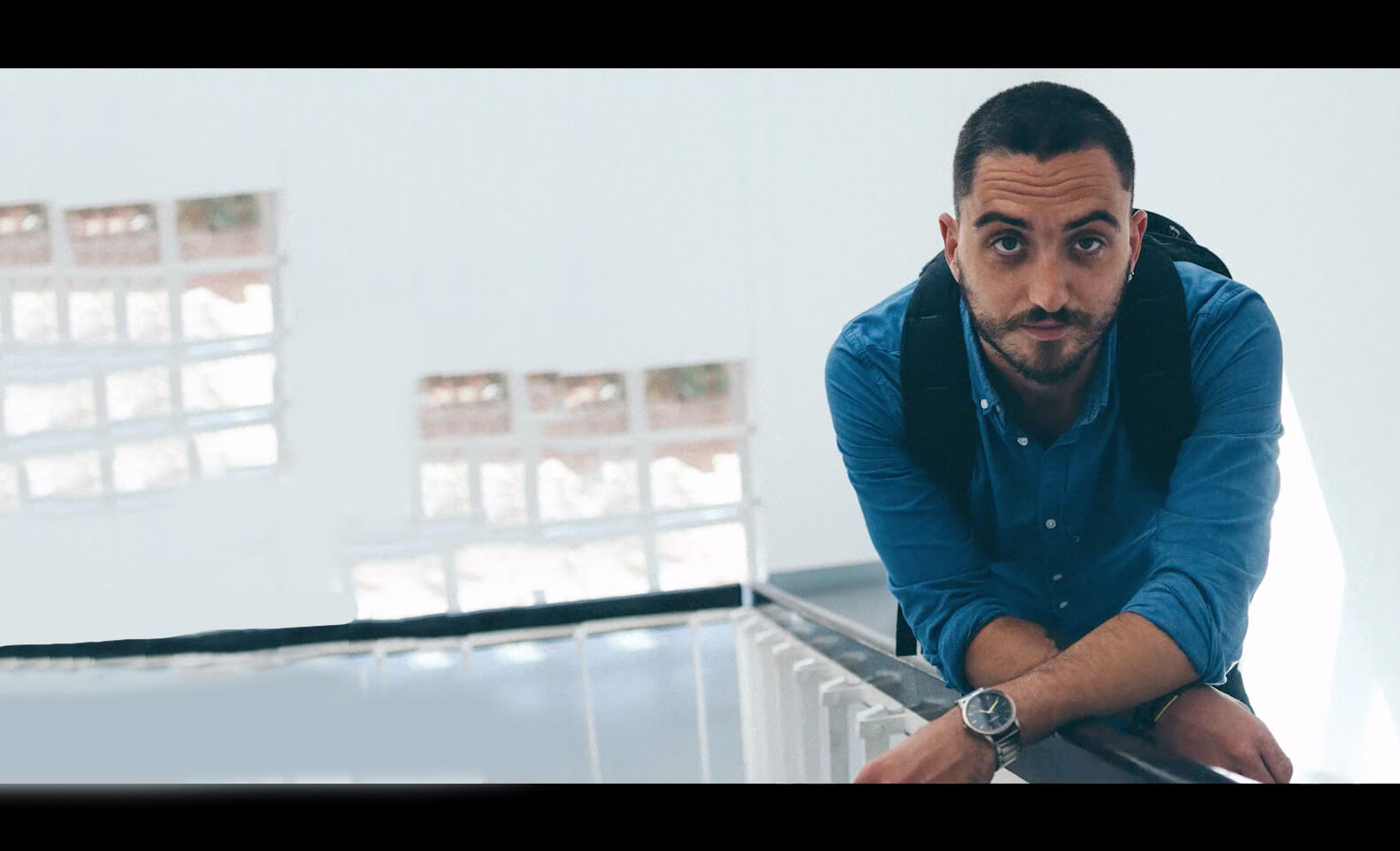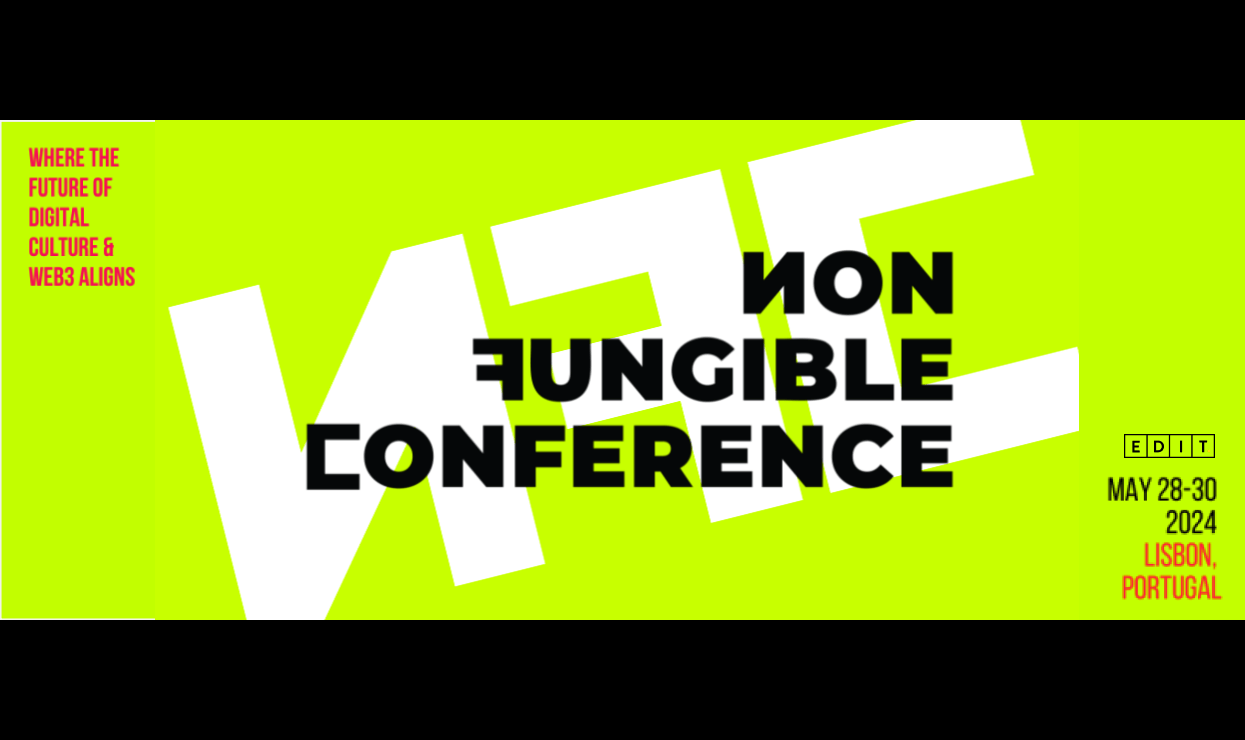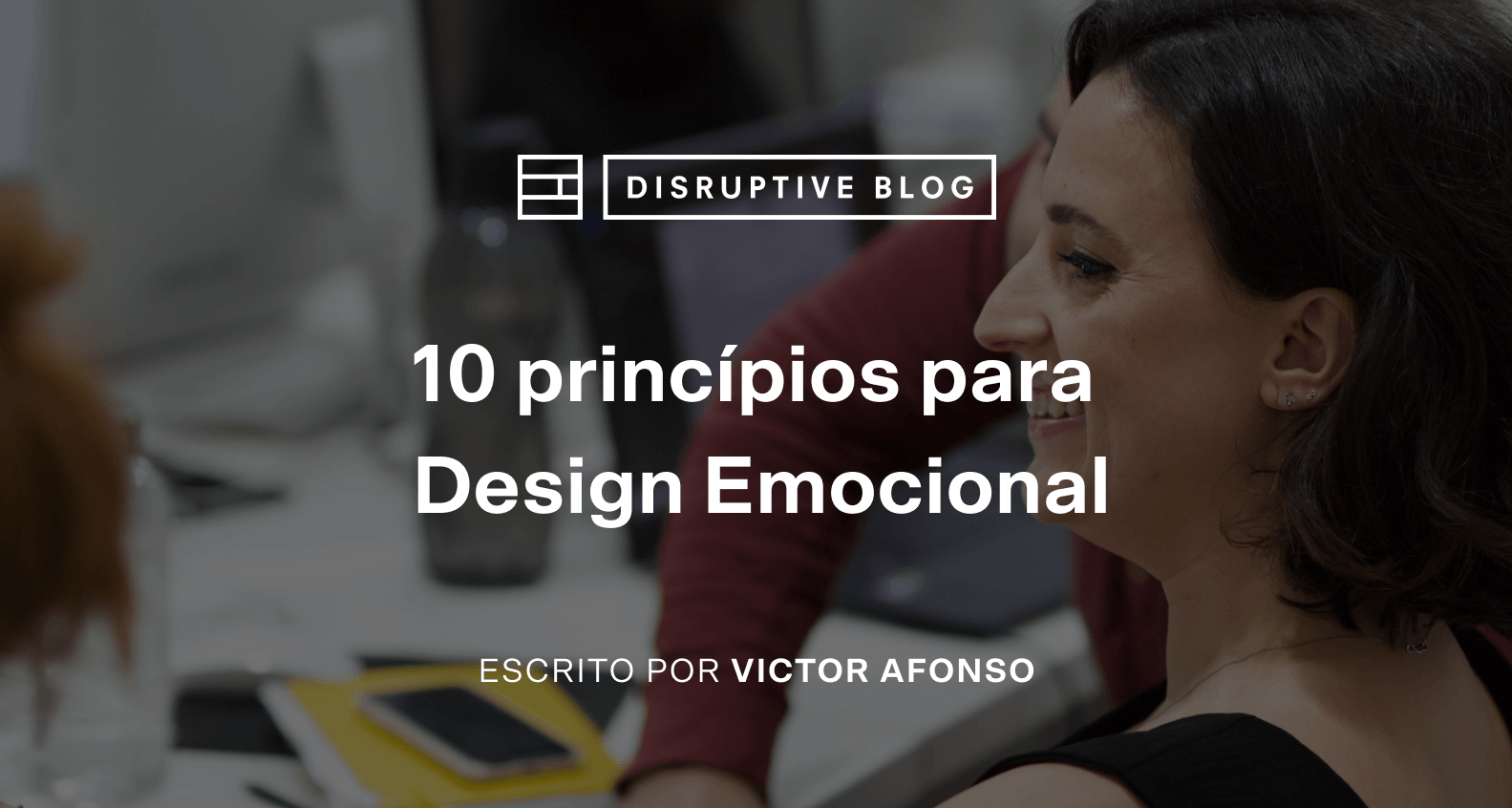More than a simple process, UX consists of a series of principles that can and should be applied throughout the creation process. It’s about understanding both the business and user needs (I feel like I need to say this way too often) in order to create a valuable product that will respond to both.
Long before a single wireframe is created, a good UX Designer has already brought value to a project and the wireframes are merely a way to present a visual example of the concept and a base for the UI layouts.
Unfortunately the misconception that UX is all about the wireframes keeps popping up, this article explores all that UX brings to the table other than wireframes.
Long before delving into anything visual, there is the need to understand or establish the strategy that will be used to create a product.
What does your company do for example? What will be the source of revenue? What will be the Key Performance Indicators (KPI)? All of these question must be answered or you could land up designing a product that is a completely wrong fit for your company’s culture or vision.
What are the objectives of your project? What are the ultimate goals and outcomes? Does your company want to solve a single problem or go in a completely new direction? Knowing the answer to these questions will help focus ideas on obtaining those goals.
These points help to establish the baseline of what will be created and can help the team avoid wasting time, just because they thought a feature would be cool.
After understanding who your company is and what they are looking to achieve, you’ve only just begun the journey towards creating right product
Probably the most important part of the UX process is finding out who the users are or will be. Why they would use the product the first time and keep using it in the future. This part is a mix of getting out on the streets and interviewing possible users, looking at demographic data and analytics, creating surveys and any other methods to get this information.
Once your users have been identified as well as what they are looking for in a product, look at what the competition is offering. What are they doing well and what user needs that have been identified, are not being answered. In fact, maybe some competitor already has a complete product, so it’s important to try and understand why users might still not feel it meets their needs. User research on competitors is also a great way of discovering these lost opportunities.
Even with all the research, how do you innovate or break new ground? Discovering trends and possibilities is an avenue that needs to be well researched before venturing into the unknown. Sometimes the reason no one is investing in a new technology is because it’s still just too expensive for the mass market, although other times it could be because the market is scared of competing in an area they don’t know enough about yet.
Without doing the research, you could easily make the mistake of creating something exactly the same as another competitor or creating something that doesn’t bring any real value to users and so they won’t actually keep using our product. Know your users and the market well in order to evolve.
All the collected data during the strategy and research phases is useless if you don’t make the time to sit down and analyze it properly. Identifying the patterns and valuable information that will create a great product as opposed to just telling the stakeholders what they want.
I’ve found that most times, the best way to show a business how they should change their business strategy or the direction of their product, is by showing them real user feedback and insights.
The feedback and ideas of a small group of the right users are worth a thousand designer’s opinions. Stakeholders usually feel the same way and will value that information. A good UX designer understands that it’s the best way to get their views across.
A well laid plan of action is crucial to the success of a product. Plotting out the interactions and use of the product that users will experience. Deciding the level of complexity or simplicity that the product must have to best serve the user.
Designing the structure and architecture of the product so that users can easily navigate through it and all the complex features you want to present. If the road is poorly designed, users will be lost in the middle of nowhere without a clue of how to get to where they want.
Just as important as the complexity of the navigation through a product, is the language and tone used throughout. Both are important for establishing the way you communicate with the client and how they will perceive your product. Younger users might not react well to very formal language and might easily consider your product “old”.
Rather than depending exclusively on best practices and our opinions, UX designers understand the need of receiving feedback from the users about what is being created.
Do the users understand its purpose and affordances? Can the user easily identify how the most crucial tasks are performed without having to read through a whole manual?
Creating the most intuitive solution isn’t always about simplifying or reducing clicks, sometimes it could be the complete opposite, depending on the target audience or product we’re creating. Without usability tests, you have no way of being sure which is best for your particular case.
The 5 areas of the UX process mentioned in this article are where UX brings extra value to the project as opposed to the way products were developed in the past.
More than that though, UX brings it’s most value if it is implemented throughout the development process and it’s principles are ever present in all of the teams involved.
So the next time you ask for just wireframes, understand that you are barely scratching the surface of what UX thinking can bring to your product.
Take it deeper and the benefits will be obvious from the very beginning.



